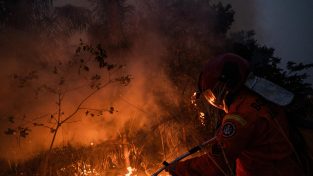12 giugno, Giornata mondiale contro il lavoro minorile
Puntiamo l'attenzione su un fenomeno che per la prima volta dopo 20 anni è in crescita
Secondo l’ultimo report della Federazione internazionale Terres Des Hommes, la pandemia di Covid ha avuto conseguenze nefaste sul fenomeno del lavoro minorile che comunque già significava fame e povertà per milioni e milioni di bambini. I dati presentati durante la Conferenza mondiale sull’eliminazione del lavoro minorile, tenutasi dal 15 al 20 maggio scorsi a Durban, in Sud Africa, riportano che ad oggi sono 160 milioni i bambini e le bambine coinvolte nello sfruttamento. La rinuncia all’istruzione scolastica è il nodo allarmante in tanti Paesi, come India e Perù, dove i bambini iniziano a lavorare per dare alla famiglia una forma di sussistenza. Per molte famiglie già in condizioni critiche, la perdita del lavoro a causa del Covid ha indotto automaticamente i figli a sopperire alle necessità abbandonando gli studi (nemmeno facili con le lezioni a distanza per mancanza di tecnologia) e aumentando il lavoro in strada. Ha comunicato Paolo Ferrara, direttore generale di Terre des Hommes Italia e rappresentante del Consiglio internazionale della Federazione: «La comunità internazionale deve impegnarsi concretamente con misure che permettano ai più poveri di convivere con le conseguenze del COVID-19 e di riavere accesso all’offerta economica e all’ assistenza sociale. Questo deve includere, soprattutto, la protezione dell’infanzia contro la violenza e l’accesso all’istruzione che permetta ai bambini e alle bambine di ricevere un’educazione e di non essere sfruttati». (foto Ap)





















